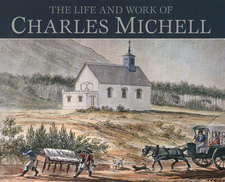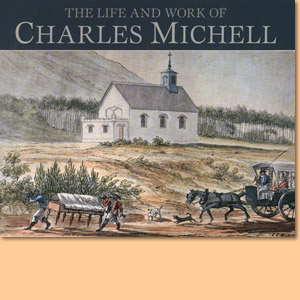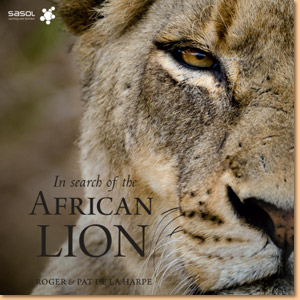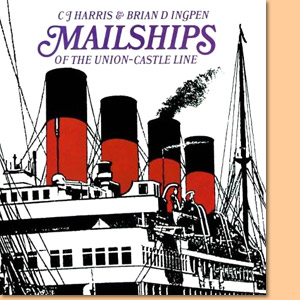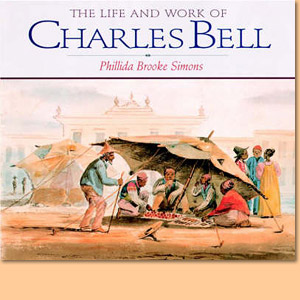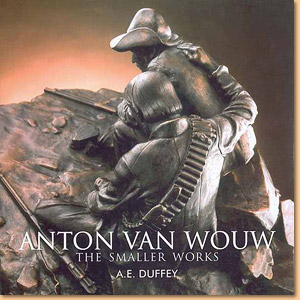Life and Works: Charles Michell, by Gordon Richings
With 'Life and Works: Charles Michell', Gordon Richings sheds new light on the socio-economic life at the Cape, particularly the Tsitsikamma region of the southern Cape, the Frontier War of 1834-35, as well as on the personalities of Charles Michell's colleagues and contemporaries in England and at the Cape.
The Cape of Good Hope was described in June 1580 by a man of Devon as 'a most stately thing, and the fairest Cape we saw in the whole circumference of the earth'. This was the buccaneer, explorer and great Elizabethan seaman, Sir Francis Drake, who in an eventful life, defeated the Spanish Armada and was the first Englishman to circumnavigate the globe. Some 250 years later, another Devon man, Charles Michell, was to become the first surveyor-general and civil engineer of the 'fairest Cape'. During Michell's 20-year-period of office he, perhaps more than anyone else, laid the foundation of South Africa's present system of roads and mountain passes, of its lighthouses and harbours and of land surveying and cartography. Michell was, moreover, an accomplished linguist, botanist, geologist, architect and artist. The west of England at the time of Charles Michell's birth was still the green and pleasant land which it had been for centuries. The Industrial Revolution, which was convulsing the English Midlands both socially and economically, barely laid its hand upon Devon and its sister county, Cornwall. In time, however, this was to prove a mixed blessing. Whereas at the turn of the eighteenth century sheep farming and the cloth trade had been Devon's main means of livelihood, as the wool mills of Yorkshire multiplied, usini steam-driven looms powered by coal mined almost at their doors, Devon found that it could not compete. A slump developed, and Exeter, from being one of the wealthiest cities in England, became one of the poorest. In neighbouring Cornwall the story was much the same. There the staple industries were fishing and tin-mining - with smuggling and the filching of cargo from wrecks along Cornwall's treacherous coast as profitable sidelines. However, by the end of the century the vast shoals of pilchard and mackerel had ceased to swim into inshore waters, while the tin-mines became uneconomic to work and closed down one by one. Among the many Cornish landownei hit by the latter's decline was Charles Michell's grandfather, whose sons were forced to seek a more secure means of earning a living. According to tradition, the Michell family was of Norman descent, having come over with William the Conqueror. Settling ir the west of England as squires and minor gentry, they flourished. During the three centuries from 1388 to 1688 no less than eight Michells represented various Cornish boroughs in Parliament. Several were naval men who had played a rôle in Drake's circumnavigation; the defeat of the Spanish Armada and Lord Anson's expedition to the Pacific Ocean in the 1740s. Charles Michell's paternal grandfather, Thomas, was born at Croft West, a tiny hamlet some eight kilometres outside Truro, in 1731. Unusually for those days he was educated at university, matriculating at Exeter College, Oxford at the age of eighteen and receiving his BA degree in 1753. Instead of entering one of the professions, he returned home and proceeded to squander the fam estates through fox-hunting and risky investments. Due to declining family fortunes, Sampson had to make his own way in the world, and at the age of sixteen entered the Royal Navy as a midshipman. In 1787 he married Ann Shears, a 21- year-old girl from the neighbouring county of Somerset. Her father, Samuel, a doctor and her mother, Maria (née Collins) had both died young.9 Charles Michell took a great pride in his Shears ancestors - as he did in all matters relating to family genealogy and heraldry - and while on leave in England in 1838 made a copy of an oil painting of Samuel, executed by the artist Edward Alcock in 1768. Possibly at the same time he also copied the portrait of Samuel's wife. After his marriage, Sampson made his home in Exeter, where four of his six children were to be born. These were Frederick Thomas, on 8 April 1788, Louisa, on 27 October 1789, Anne Maria on 14 September 1791 and finally Charles on 29 March 1793. The choice of Exeter was doubtless dictated by its nearness to the Royal Naval Dockyard at Devonport. It was also an inexpensive place to live - this being important to a naval officer with no private income and a growing family. [...]
This is an excerpt from the book: Life and Works: Charles Michell, by Gordon Richings.
Book title: Life and Works: Charles Michell
Author: Gordon Richings
Type: Biography
Imprint: Fernwood Press
Publisher: Random House Struik
Cape Town, South Africa 2006
ISBN 9781874950813 / ISBN 978-1-874950-81-3
Hardcover, dustjacket, 29x25 cm, 224 pages, throughout photographs and illustrations
Richings, Gordon im Namibiana-Buchangebot
Life and Works: Charles Michell
Life and Works is a detailed researched account of the life and work of Charles Michell, the first surveyor-general and civil engineer of the South African Cape Colony.
Weitere Buchempfehlungen
In Search of the African Lion
In Search of the African Lion focuses on four main areas: the Kalahari, the Madikwe/Mapungubwe area, the Greater Kruger National Park and Northern Zululand.
Mailships of the Union-Castle Line
Spanning the period 1857-1977, Mailships of the Union-Castle Line is the story of the mail service between Britain and South Africa and its concomitant cargo and passenger services.
The life and work of Charles Bell
A spledid introduciton to the life and work of artist, land surveyor and designer Charles Bell in 19th-century Cape Town.
Anton van Wouw: The smaller works
Van Wouw’s smaller works are reinterpreted and re-evaluated by the eminent professor Alexander E. Duffey.

